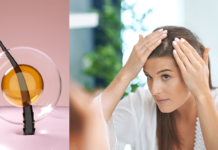Pigmentation on the face is one of the most primary reasons why people seek out dermatologists’ help and pigmentation is just a technical term for the coloring of a person’s skin.
So, anything ranging from dark circles to acne marks to sun tanning or even freckles that make the skin look uneven all come under the umbrella of pigmentation.
When a person is healthy, their skin color will appear normal whereas, in case of illness or injury, the person’s skin may change color becoming darker (hyperpigmentation) or lighter (hypopigmentation).
Types and Causes of Pigmentation
Pigmentation can occur in small patches that cover large areas and affect the entire body. Pigmentation is not caused due to any internal lying disease. The example includes suntan, tanning lotions, or medication side effects. Pigmentations can be of various types depending on the factor due to which it is caused:
Hyperpigmentation: It is a common condition or isn’t necessarily a condition but a term that describes skin that appears darker. It affects people of all skin types. Darkened areas on the skin are basically the main symptoms of hyperpigmentation. Patches can vary in size and develop anywhere on the body. The biggest risk factors for hyperpigmentation are sun exposure and inflammation, as both situations can increase melanin production.
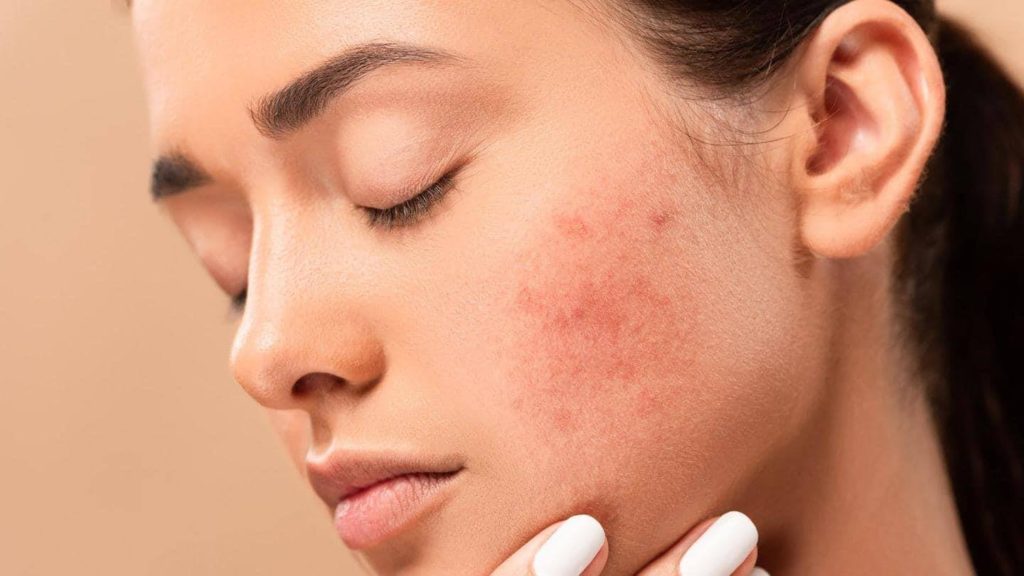
Age spots, melasma, and post-inflammatory hyperpigmentation are the types of hyperpigmentation.
Age spots are flat tan, brown or black spots on the skin with age which can last for years or lifelong. Very common in India more than 10 million new people are added to the list having age spots. (Treatment can help but this condition can’t be cured, these are usually self-diagnosable).
Melasma is one of the very important causes of pigmentation also called the mask of pregnancy. Because they’re a lot of pregnant women or women going through menopause or women who are on contraceptive pills or any sort of hormonal medication tend to get this pigmentation.
The typical areas where the women tend to get this pigmentation are their cheeks and nose but one can get this pigmentation on other parts of the face as well. So, this is a type of pigmentation that women need to really take care of. Because a lot of it has got to do with your hormones and genetics which we can’t go in and change. But what we can change is our sun exposure especially when you have a tendency to get melasma.
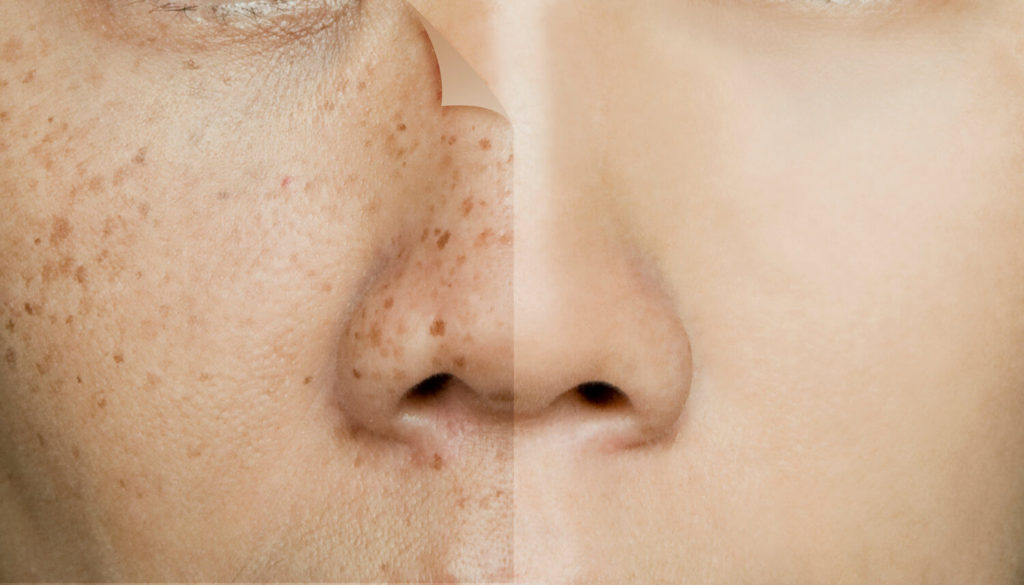
If you are suffering from Post Inflammatory Hyperpigmentation there is nothing to worry about as it is not as complicated as its name. The good news is PIH will eventually go even if left untreated. Since melanin production causes these spots, the damaged skin will shed like all other skin cells. On its own PIH generally resolves in around two years. Patients no longer have to wait with intervention.
Note: Hyperpigmentation acne may fade over time but if the original spots were deep, it may be permanent.
Melanin is made by the cells in the skin and is the pigment responsible for skin color. According to research, Vitamin A is necessary for the generation of melanin and for maintaining healthy skin. Melanin is produced primarily in melanocytes, which are found in the inner layers of the skin and combine with carotene to produce the color of your skin, eyes, and hair.
Dark Circles under the eyes can have different causes like exhaustion, lack of sleep, allergies, eye rubbing, excessive sun exposure, or even genetics can be an important cause of. For example, sometimes much younger kids of 15-16yrs old kids have pigmentation or darkness under their eyes which is transferred through genetics by someone in the family.
Scars and Blemishes that have been left behind for example a chickenpox scar or a pimple scar these marks also come under the category of pigmentation.
Pigmentations can be caused by a variety of medicines as a result of their adverse effects; the most common ones include non-steroidal anti-inflammatory drugs (NSAIDs), phenytoin, antimalarials, amiodarone, antipsychotics, cytotoxic agents, tetracyclines, and heavy metals.
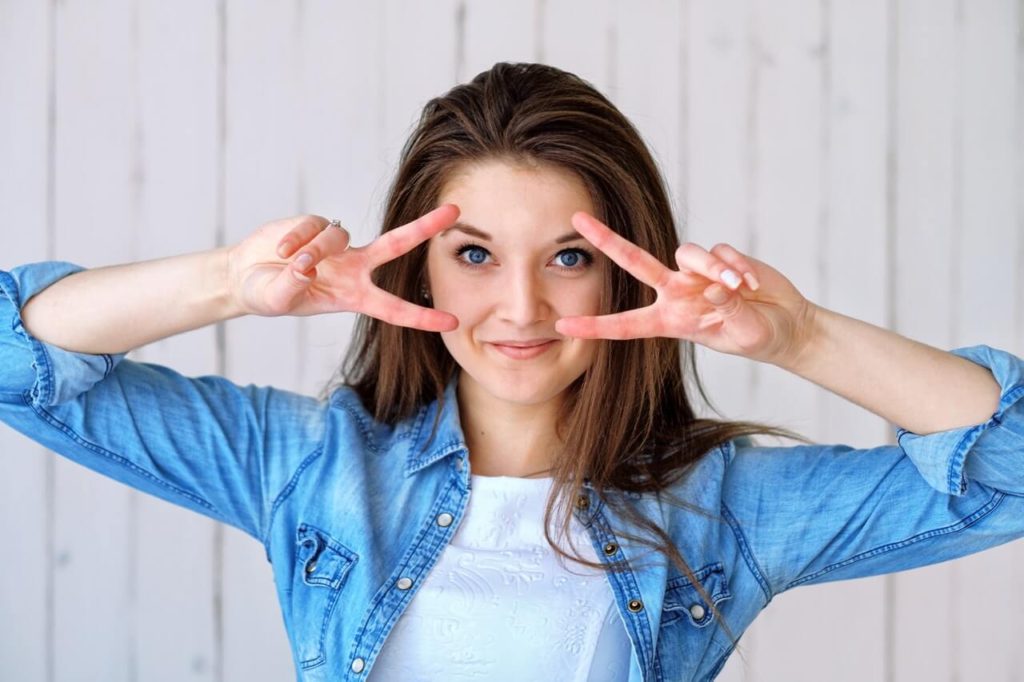
The number one cause of pigmentation is sun exposure and the face is one of the most exposed parts of the body that generally suffers through pigmentation. The greater your exposure to the sun, the greater is the risk of your increased skin pigmentation.
Friction is one of the most common causes of pigmentation, for example, a person sleeping regularly by one side or has a habit of resting his/her chin against the hands more often can lead to pigmentation due to friction on their one side of the face or their chin.
Other types of hyperpigmentation, such as cuts, burns, or lupus, occur as a result of an injury or skin inflammation. These can appear on any part of the body. Some forms of hyperpigmentation, including melasma and sunspots, are more likely to affect areas of skin that face sun exposure, including the face, arms, and legs.
While enlarged pigmentation isn’t normally hazardous, it can be a sign of some else medical condition.
How Can One Treat and Prevent Pigmentation?
Avoid sun exposure; use sunscreen with an SPF of 30 or higher to protect the skin and stop hyperpigmentation from becoming darker.
Avoid picking at the skin; avoid picking at patches, scrabs, and acne to avoid hyperpigmentation after an injury.
Fresh fruits and veggies; A nutritious diet rich in fresh fruits and vegetables, particularly those high in Vitamin C and flavonoids, can aid in the reduction of pigmentation. Include food like papaya, avocado, orange, and grapes.
The most reliable method to treat pigmentation is consulting a dermatologist. A doctor may take a small sample of your skin, or a biopsy, to determine the cause of pigmentation. Doctors usually diagnose melasma and types of hyperpigmentation just by looking at the skin. Hyperpigmentation is a non-serious skin condition that can be treated with cosmetic treatments, lotions, and home remedies.
However, seeking expert help to treat pigmentation is much advised, one can try these of the home remedies to treat their pigmentation:
1. Apple Cider Vinegar:

Apple cider vinegar includes acetic acid, which has been shown in studies to help with pigmentation on face.
INGREDIENTS REQUIRED:
- 1/2 Cup Apple Cider Vinegar
- 1/2 Cup Water
HOW TO USE IT:
- Mix both the ingredients together really well.
- Apply it to your pigmented area and leave it on for two to three minutes.
- Remove it off using water.
- Use it daily to achieve your desired results.
VIDEO GUIDE:
2. Aloevera For Pigmentation on Face:

Aloe vera includes aloin, a natural depigmenting component that has been demonstrated to lighten skin and function as an efficient treatment for pigmentation on face.
INGREDIENTS REQUIRED:
- 2 TSP Aloe vera Gel
- 1 TSP Glycerin
HOW TO USE IT:-
- Mix aloe vera gel and glycerin together really well and store it in an air-tight container.
- Before going to bed, apply this mixture to the pigmented areas.
- The next morning, rinse it off with warm water.
- Repeat daily to achieve desired results.
Try Nimify Beauty Herbal Ubtan Powder For Glowing Skin and Suntan Removal
3. Green Tea Extract:
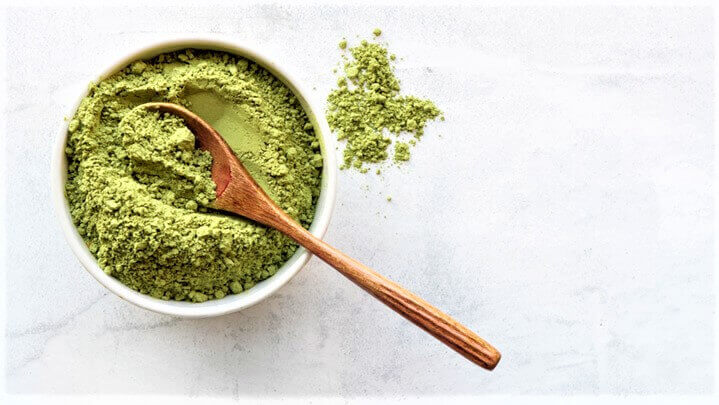
When applied to the skin, green tea extract may have a depigmenting effect. Applying green tea bags for dark spots removal is also a good idea. It also has skin-lightening effects and helps get glowing skin.
INGREDIENTS REQUIRED:
- Green Tea Bag
HOW TO USE IT:-
- Steep a green tea bag for five minutes in boiling water.
- Take the teabag out of the water and set it aside to cool; you don’t want to burn your skin.
- Apply the tea bag to the pigmented area.
- Do this process twice a day till you see results.
READ: 10 Homemade Tomato Face Packs For Healthy Skin
4. Black Tea Water For Pigmentation on Face:

Black tea has a reputation for removing pigmentation produced by damaging UV radiation. One of the primary causes of skin pigmentation and other skin-related issues is the exposure of the skin to the sun.
INGREDIENTS REQUIRED:
- Fresh black tea leaves
HOW TO USE IT:-
- In a cup of boiling distilled water, dissolve a spoonful of fresh black tea leaves.
- After 15 minutes of steeping, strain to remove the leaves.
- Soak a cotton ball in the black tea water and apply it to the pigmented areas.
- Apply it daily to get desired results.
READ: 5 Natural Home Remedies For Whiteheads
5. Masoor Dal (Red Lentils):
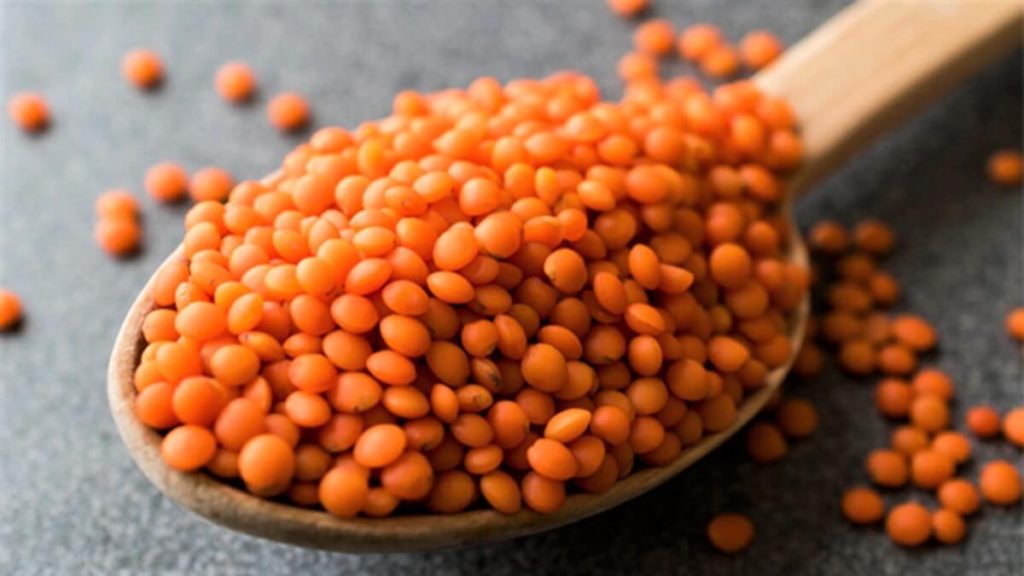
Masoor dal face masks are a popular treatment made from red lentils. Red lentils are high in antioxidants, which can make your skin healthy and glowy. It reduces pigmentation on face.
INGREDIENTS REQUIRED:
- 1 TSP Red Lentil Powder
- 1 TSP Yogurt
- 1 TSP Honey
HOW TO USE IT:-
- Mix red lentil powder, yogurt, and honey together and form a smooth paste.
- Apply this mask to your pigmented area and keep it on for 15 minutes.
- Wash it off with lukewarm water and pat dry your skin.
- Use it once a week to see desired results.
Pigmentation is something that can be healed with time. Do try out these remedies and share your experience with us.
Follow us on Instagram for more home remedies and wellness tips.
FAQs on Pigmentation on Face:
What Are The Types of Pigmentation?
Pigmentations can be of various types depending on the factor due to which it is caused: Hyperpigmentation, Age spots and Melasma.
How Can One Treat and Prevent Pigmentation?
Avoid sun exposure, avoid picking at the skin and eat fresh fruits and veggies to prevent pigmentation.
Does Aloevera Help in Reducing Pigmentation?
Aloe vera includes aloin, a natural depigmenting component that has been demonstrated to lighten skin and function as an efficient hyperpigmentation treatment without being hazardous.
Is Masoor Dal Beneficial in Treating Pigmentation?
Yes. Masoor dal face masks are a popular hyperpigmentation treatment made from red lentils. Red lentils are high in antioxidants, which can make your skin healthy and glowy.
What are the Main Causes of Pigmentation?
The major causes of pigmentation are sun exposure and friction. Other types of hyperpigmentation, such as cuts, burns, or lupus, occur as a result of an injury or skin inflammation.


